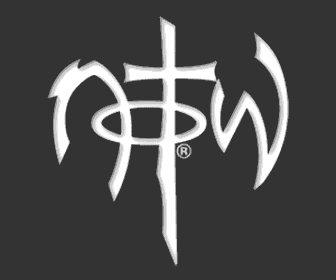by Elissa Lerner
If you walk into the Gottesman Exhibition Hall at the New York Public Library right now, you can’t help but notice a wave of warm, damp air. In an exhibition that could easily have been expanded to fill the more heavily trafficked halls of museums like the Met, the New York Public Library has dug through its archives and pulled out an awe-inspiring collection of the most awe-inspired books in the world: rare copies of the holy texts of Judaism, Christianity and Islam. But a larger space for Three Faiths (free, now through February 27th) would have ruined the atmosphere; book reading, or book gazing in this context, is a cozy and leisurely activity, far from the crowds of Museum Mile.
Highlights from the exhibit (and there are many) include a Quran from Istanbul dating to 1103 with clearly identifiable human figures and faces, which became increasingly rare in Quranic art. Another gem is a Samaritan Bible from 1232 written in Paleo-Hebrew script, which some trace to descendants of the northern kingdom of Israel. (Judah, the southern kingdom, adopted Aramaic script, creating a visual and literary break with the other tribes.) Yet perhaps the most remarkable text is not text at all, but the art accompanying a small copy of the Gospels from Ge’ez, Ethiopia, dating to the 15th century. The book is open to a portrait of a Madonna and Child that initially resembles a Byzantine style, until you can’t help but notice the bright orange, yellow and green fabrics (European holy colors are red and blue), and the brown skin of the holy family. Continue Reading →

